The revolutionary advantages the YF-16 #72-1568 jet had over earlier fighter models are where the aircraft starts to stand out and contribute to changing the fighter world
A new fighter is needed
The American airpower plan in the Vietnam War was centered on penetrating enemy territory from a greater range and destroying aircraft before they even took to the air. The Air Force developed this strategy to target enemy air bases like Phuoc Yen and Gia Lam near Hanoi and those north of the Yalu River in China out of concern that China may reenact its entry into the Korean War.
The Air Force organized its forces for a conflict that never occurred. The larger, more expensive, and less nimble jets that the service had concentrated its efforts on producing became unsuccessful in the soon-to-be air-to-air battle as orders came down to prosecute a limited war against the communists in Vietnam.
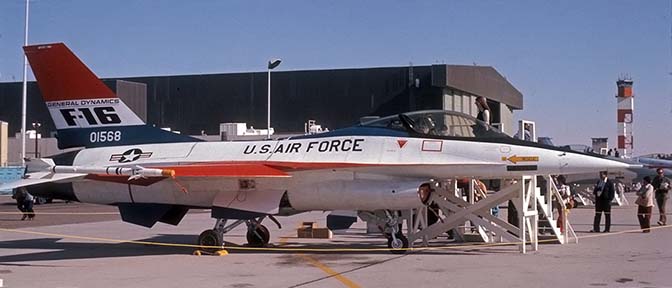
To make matters worse, the AIM-7 and AIM-9 missile systems on the F-4 Phantom had success rates below 20%. The highly skilled US pilots were dissatisfied, left empty-handed, and unable to defend their designated bomber groups since the F-4 lacked a viable armament to combat the faster and more agile MiG-17, MiG-19, and MiG-21 fighter jets.
The “Fighter Mafia” was established at this turning point in the development of fighters and limited warfare. This informal team of skilled military aviators, technical experts, and defense analysts fought valiantly to use Russian MiGs to catch up to US technology.
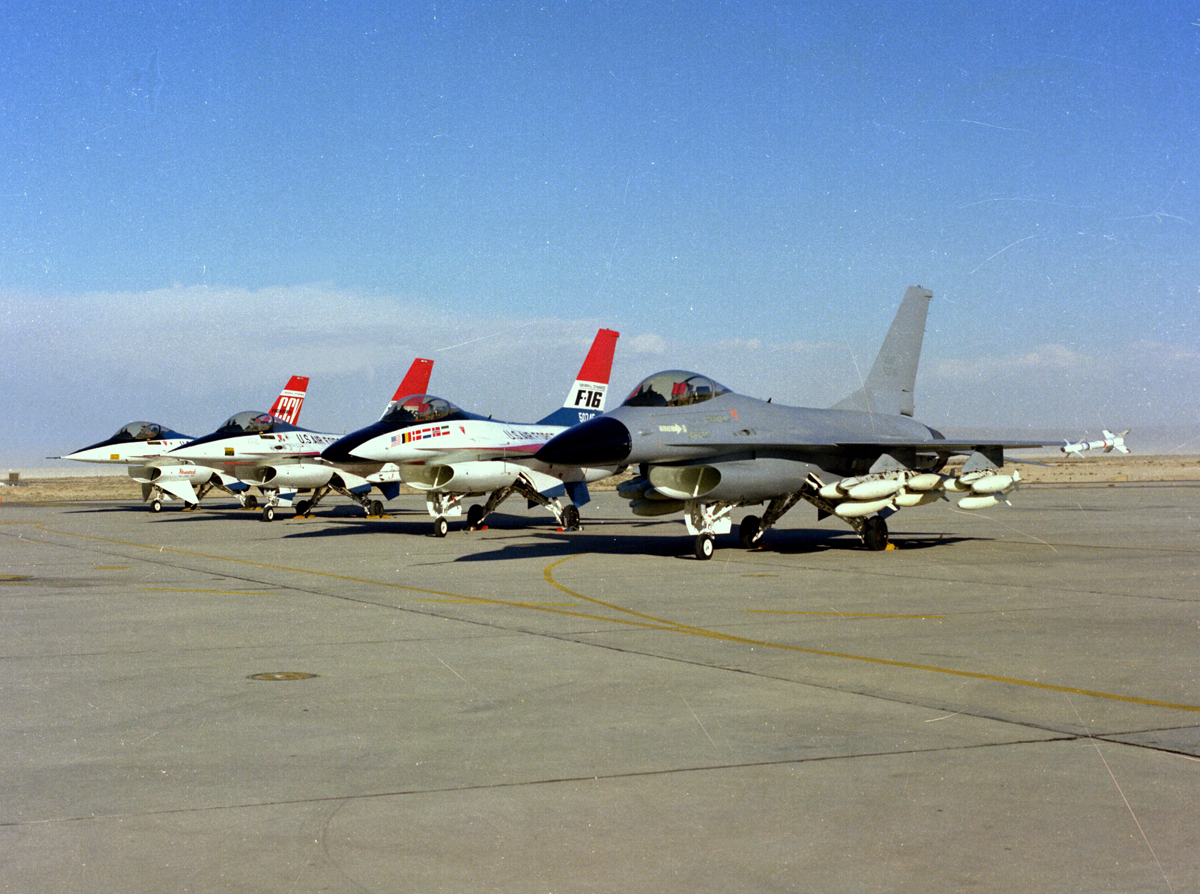
Pilot and engineer John Boyd set out to demonstrate it. He ultimately came up with the Energy Maneuverability Theory, which for the first time measured the performance factors of jets based on thrust, weight, aerodynamic drag, wing area, etc. Most crucially, it demonstrated to senior Air Force officers that the MiG-21 could outmaneuver every aircraft in the American fleet, leading to the creation of the Lightweight Fighter Jet Program in 1972.
Contest
The goal of the Lightweight Fighter Program was to design a less expensive, more maneuverable fighter jet that could establish and sustain dominance in hostile skies.
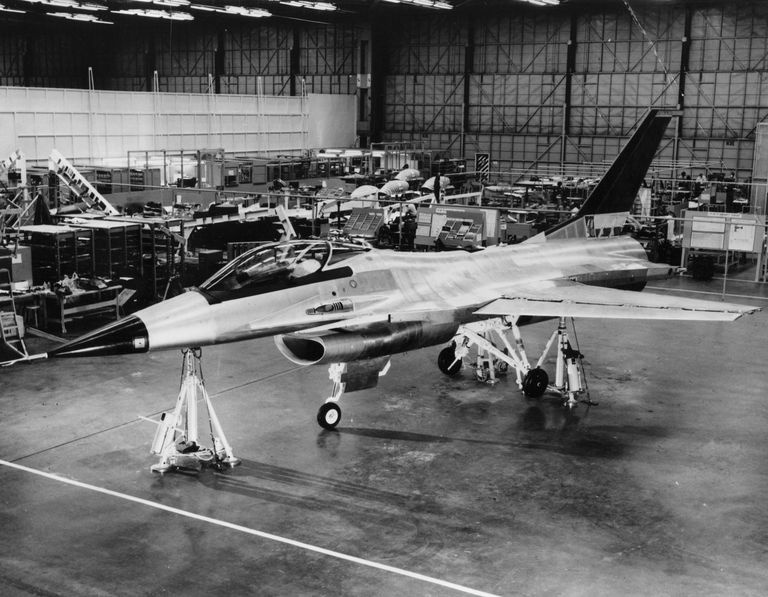
20,000 lb fighter with high maneuverability, quick acceleration, long-range, and specialized to compete at combat speeds between.6 and 1.6 Mach at an altitude range of 30,000 to 40,000 feet was requested by the program as one of its baseline objectives. The catch was that each plane had to cost less than $3 million, which would be a nice $18.5 million in 2020.
Five companies submitted designs, and the General Dynamics YF-16 and the Northrop YF-17 were selected as the final two. They did compete against other fighters in the U.S. arsenal as well as some “acquired” Mig-21s, while never engaging in actual combat. Within two years, the Air Force had decided on the ground-breaking YF-16, buying an initial 650 aircraft and promising to buy an additional 348 from four NATO nations.
Sharing parts and cutting costs
With an incredibly cheap beginning cost, the General Dynamics YF-16 development provided a special high-performance capability.

Employing components from other aircraft with running production lines was among the most economical approaches used to construct the YF-16 #72-1568. The Air Force gained from sharing the same supply lines in two ways: it became less of a threat to the ongoing F-15 program and became more appealing to other nations.
The Pratt & Whitney F-100 turbofan production lines used in the F-15’s development were put to use by the YF-16. The single-engine aircraft used a tested power source that did not threaten the beloved F-15 while cutting the cost per flight hour almost in half.
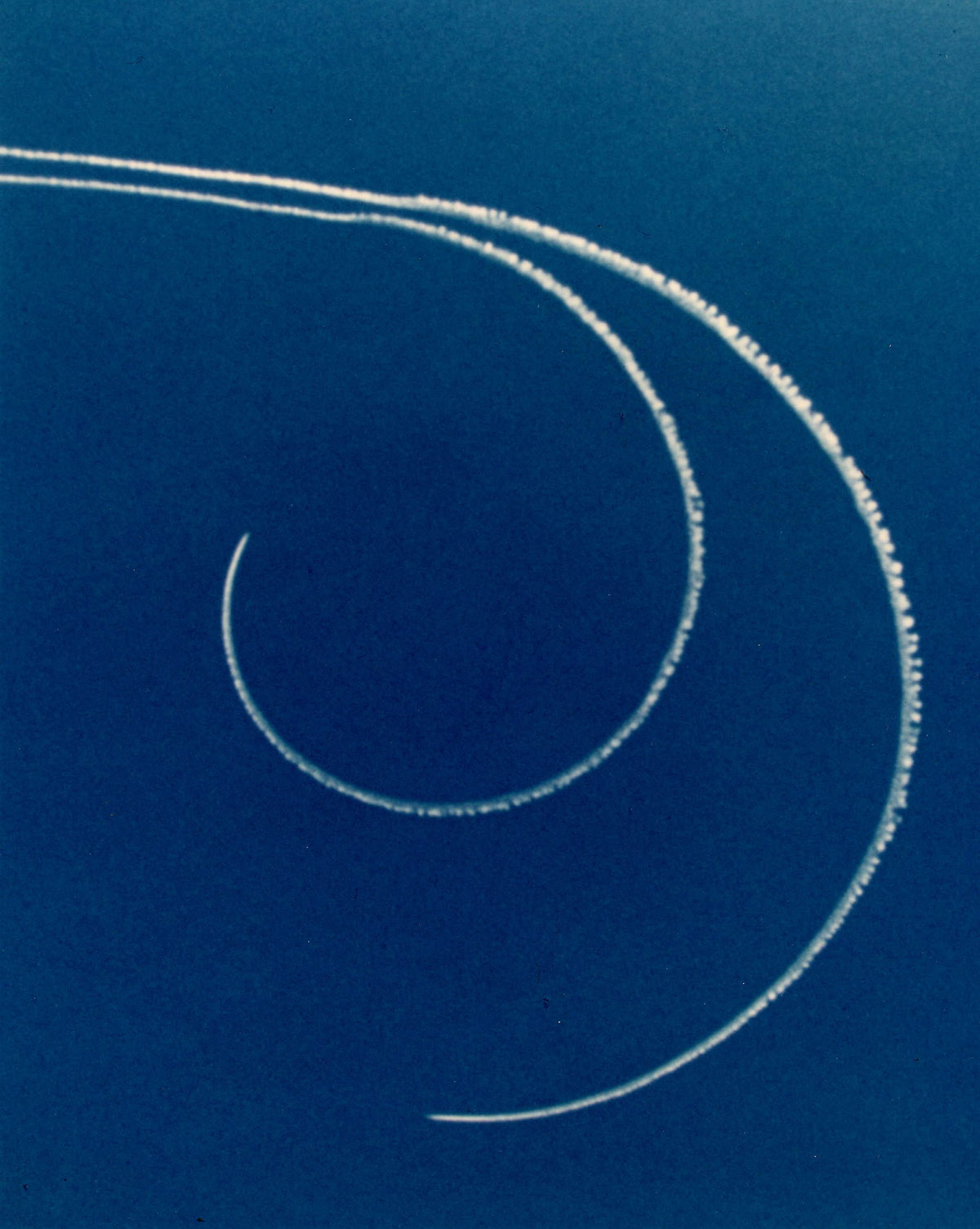
The Escapac ejection seat was another important component that was seized. Later, the ACES II variant used in the F-15 and A-10 would take its place. To reduce testing and manufacturing time, the firing control handles on the ACES II were moved from the sides of the seat to a single “D” ring in the center, between the pilot’s legs.
In order to pay attention to even the smallest details, the B-58 Hustler’s tires were also removed. Last but not least, the M61A1 6 barrel 20mm Vulcan Cannon was placed on board for the sky gunslingers. The Vulcan had nearly 20 years of performance history on six distinct fighter platforms, including two bomber platforms, before being chosen for the YF-16!
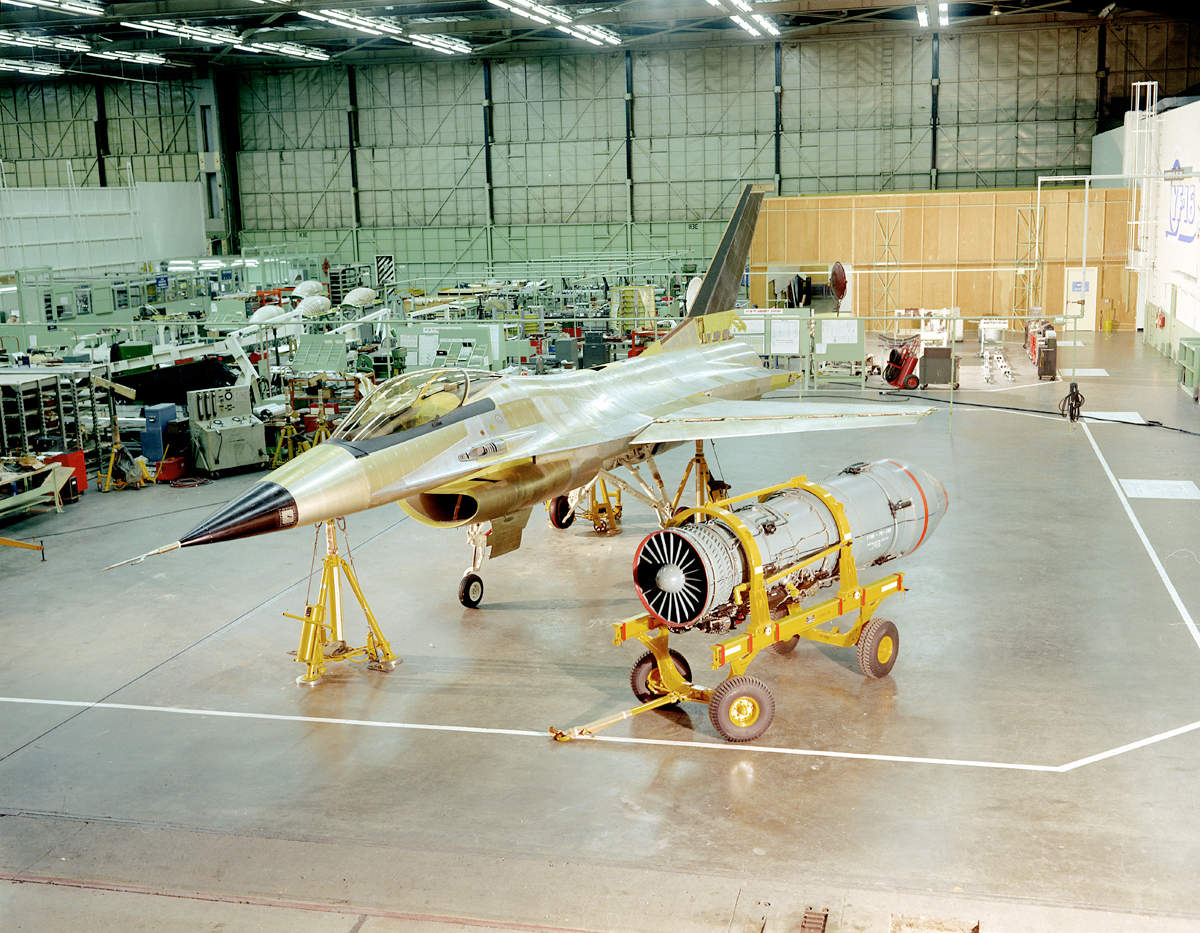
The YF-16 #72-1568 was initially designed with a wing area that was 20 square feet smaller and 26 inches shorter than anticipated, but as the mission set grew, additional requirements arose. The Westinghouse APG-66 radar was not initially required because General Dynamics only intended the aircraft for fair weather day fighting. The nose cone had to be made longer to fit this in. Production variants were lengthened by 16 inches in the radome and 10 inches in the midsection to accommodate larger radars.
Cockpit and Egress Systems
The revolutionary benefits the YF-16 #72-1568 jet had over earlier fighter models are where the aircraft starts to stand out and contribute to changing the fighter world.
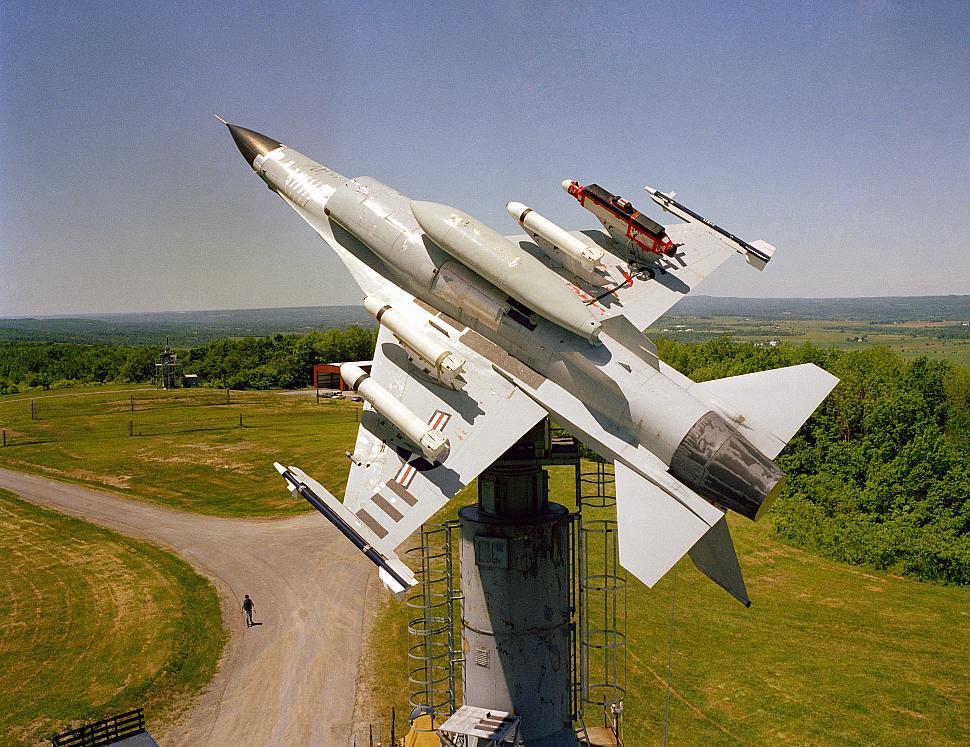
With a full internal fuel load, it can draw 6.5 Gs, and with less fuel and a heavier weapons payload, it can pull an incredible 9 Gs. Fly-by-wire, a redesigned G-suit, and a steeper ejection seat slope were the three key advances in aircraft design that allowed for this.
The new fly-by-wire system, which shifted the control stick from between the pilot’s legs and installed it on the right side of the cockpit, was the alteration that was most evident to pilots. The two YF-16s were the first aircraft to use the slightly more dependable analog fly-by-wire system, as opposed to NASA’s usage of the first digital fly-by-wire system in the space capsule and an F-8 test jet. The system took the physical load of pulling a traditional floor-mounted stick off the pilot by processing the side-mounted control stick input through a quad computer system, then using the hydraulic system to make the desired adjustments. As a result, the pilot’s reaction time was sped up and he was able to influence an opponent’s reaction time.
The engineers were also able to shift the center of gravity aft thanks to the fly-by-wire technology, with the computers computers making up the difference in controls.

The engineers angled the ejection seat from the initial 13 degrees, which can be seen in the F-15, A-10, F-4, etc., to 30 degrees to lessen the huge stress that the G forces inflicted on the human body. A new G-suit regulator was added that would inflate more quickly to further reduce the possibility of a blackout during high-G maneuvers.
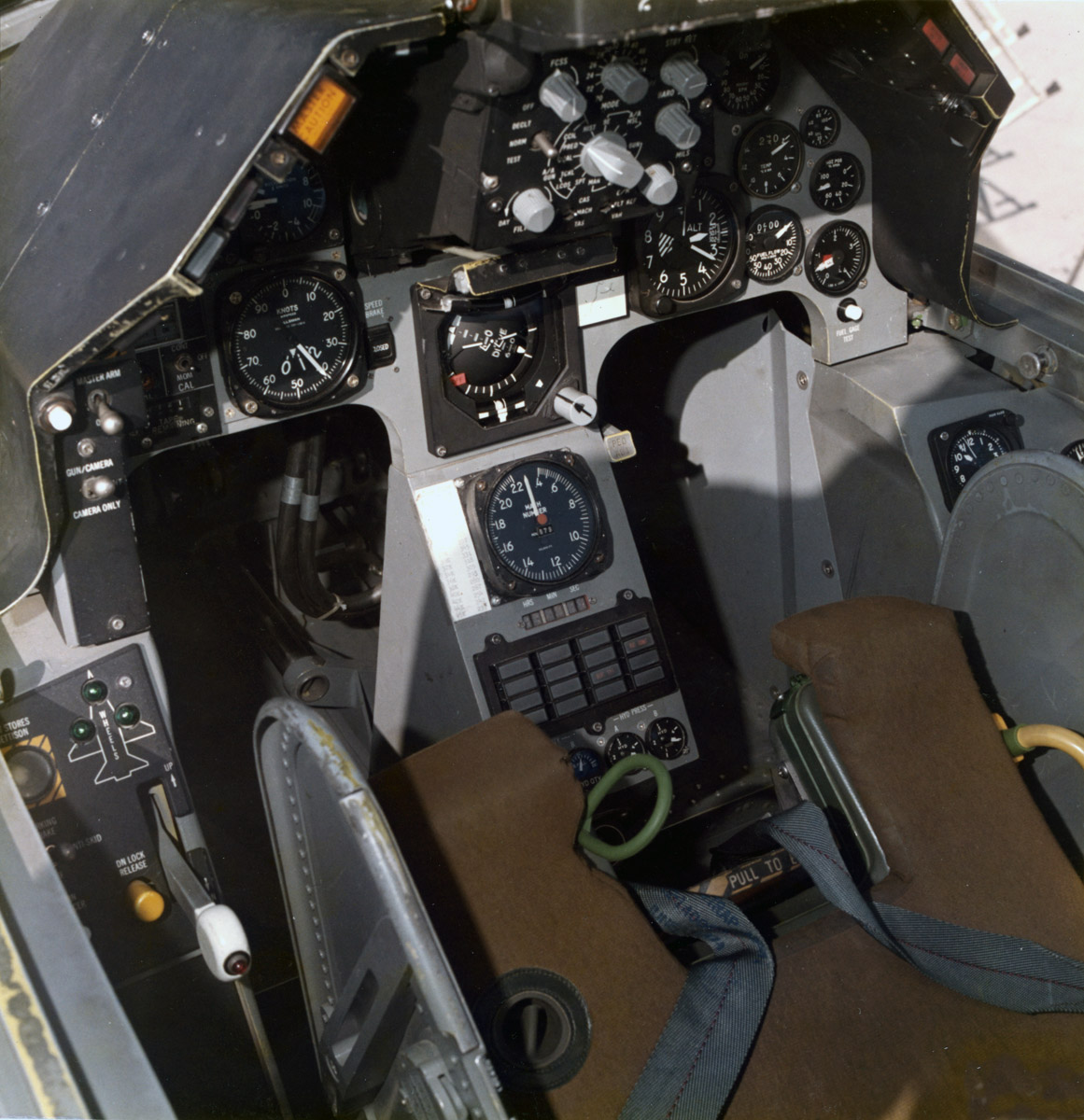
In contrast to production versions, there were two distinct systems for unlocking and raising the canopy. Two levers that, when pulled aft, unlocked the canopy hooks were mounted on the interior forward canopy frame. The flexible screw drives that were integrated into the canopy structure were connected to these two levers. An electrical switch that triggered a pneumatic actuator positioned in what is now the avionics compartment behind the cockpit bulkhead was responsible for lifting the canopy. The torque tube, which was also placed in the avionics bay, was rotated by the actuator when it was activated, raising the canopy. This massive torque tube was bolted externally to the canopy hinges and spanned the whole width of the jet.
The pilot was equipped with lightning-fast options in case of an emergency, yet none of them were redundant. The internal canopy jettison handle had to be used to first jettison the canopy if the pilot had to exit the aircraft while in flight. This was coupled to a single canopy thruster on the left side of the fuselage, which when activated would release the canopy’s hooks and push it into the wind, causing it to pull back violently enough to dislodge the torque tube. The pilot might then exit the aircraft by pulling on the seat’s ejection control handle. If the canopy hooks became trapped, the solid polycarbonate transparency made it hard for the pilot to eject.
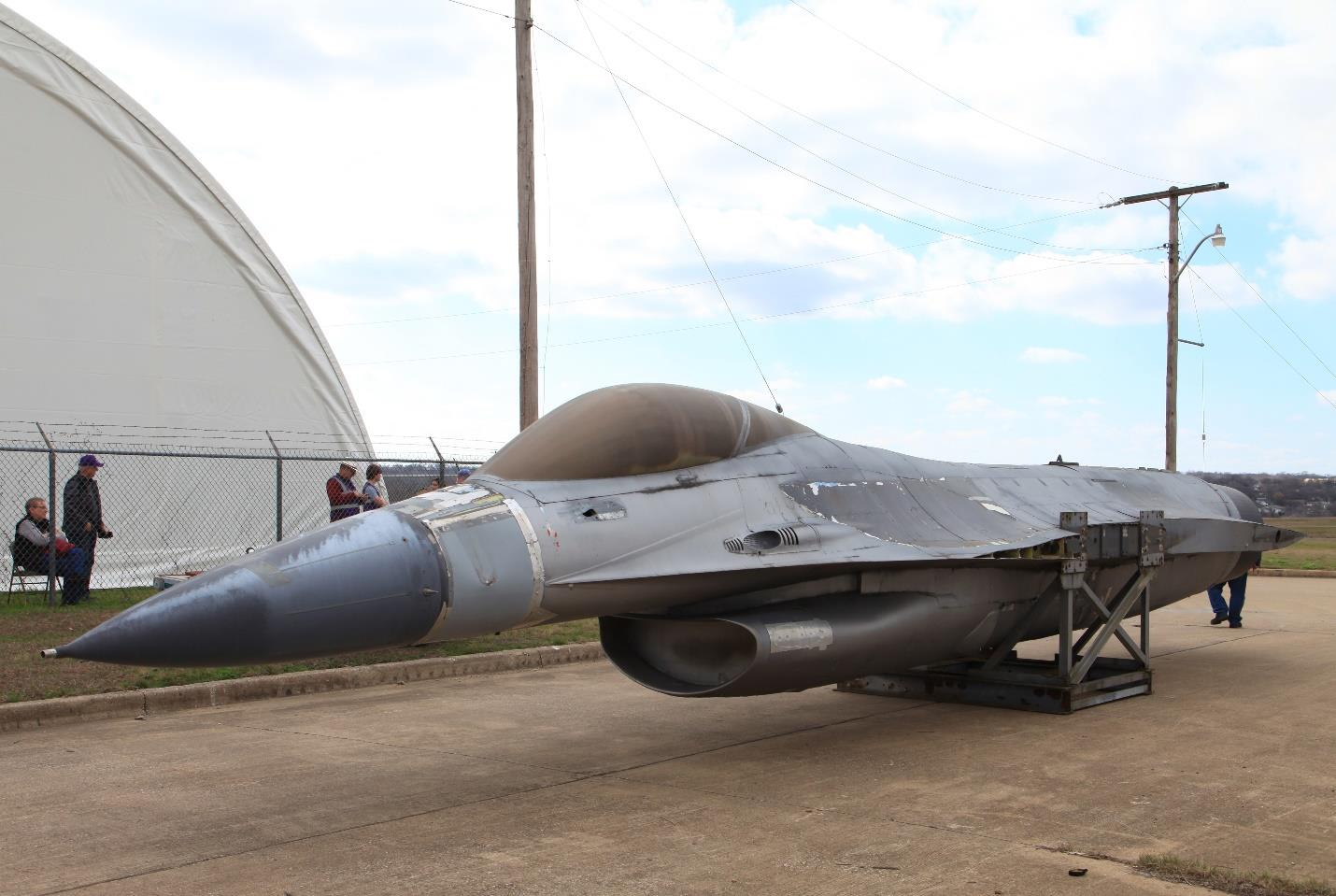
The hooks could be unlocked and the canopy could be raised externally using a lever that could be pulled out and rotated up. The canopy’s disposal on the ground posed further dangers. On the right side of the forward fuselage, where it appears on production versions, there was a single emergency canopy jettison handle. To manually raise the canopy in order to save the pilot, a single canopy thruster on the fuselage side had to be engaged using this handle. This system lacked the wind speed necessary to firmly remove the canopy from either canopy jettison handle while the user was on the ground.
After winning
The Lightweight Fighter Jet Program didn’t end with its victory in the Air Day Fighter Fly-Off.
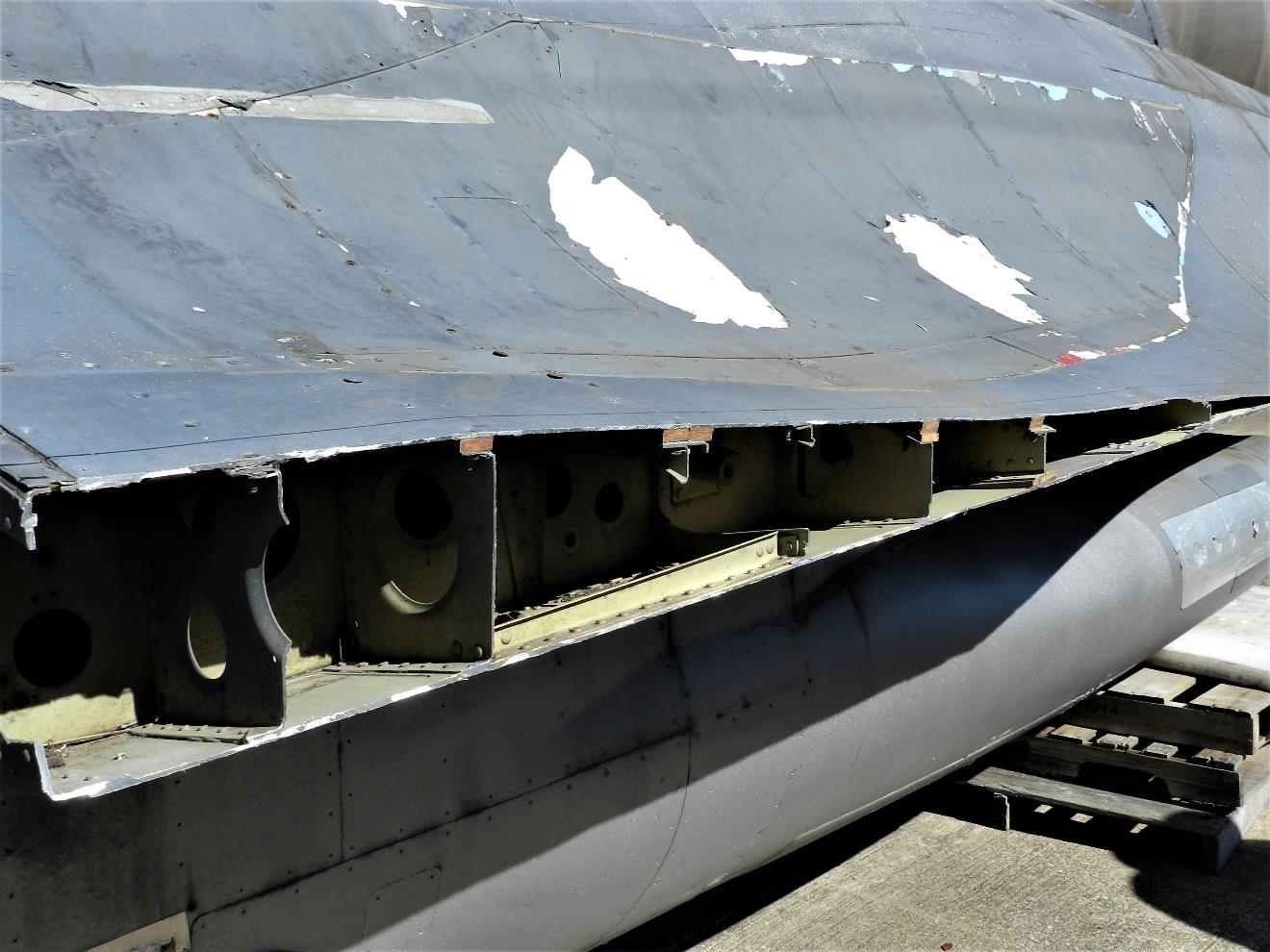
Weapons including the AIM-7, ATLIS II laser targeting pod, and helmet-mounted sight systems, to mention a few, were tested on the YF-16 #72-1568. The aircraft was employed for air exhibitions and static displays while it wasn’t being tested. It was once given a blue navy paint scheme to compete in a separate fly-off, but the US Navy chose the YF-17 (what is now the F/A-18) instead for both fleet service and the renowned “Blue Angels” due to the single engine and various changes that increased weight.
Sadly, on May 8th, 1975, the main landing gear got stuck during a practice flight for the Paris Air Show. When his fuel was almost gone and there was no time to scramble a tanker, the pilot was forced to belly land on the grass next to the Carswell, AFB runway. The YF-16 #72-1568 had considerable inlet damage, a cracked bulkhead and radome, and other problems after inspection; the aircraft was stored for what seemed like good reason.
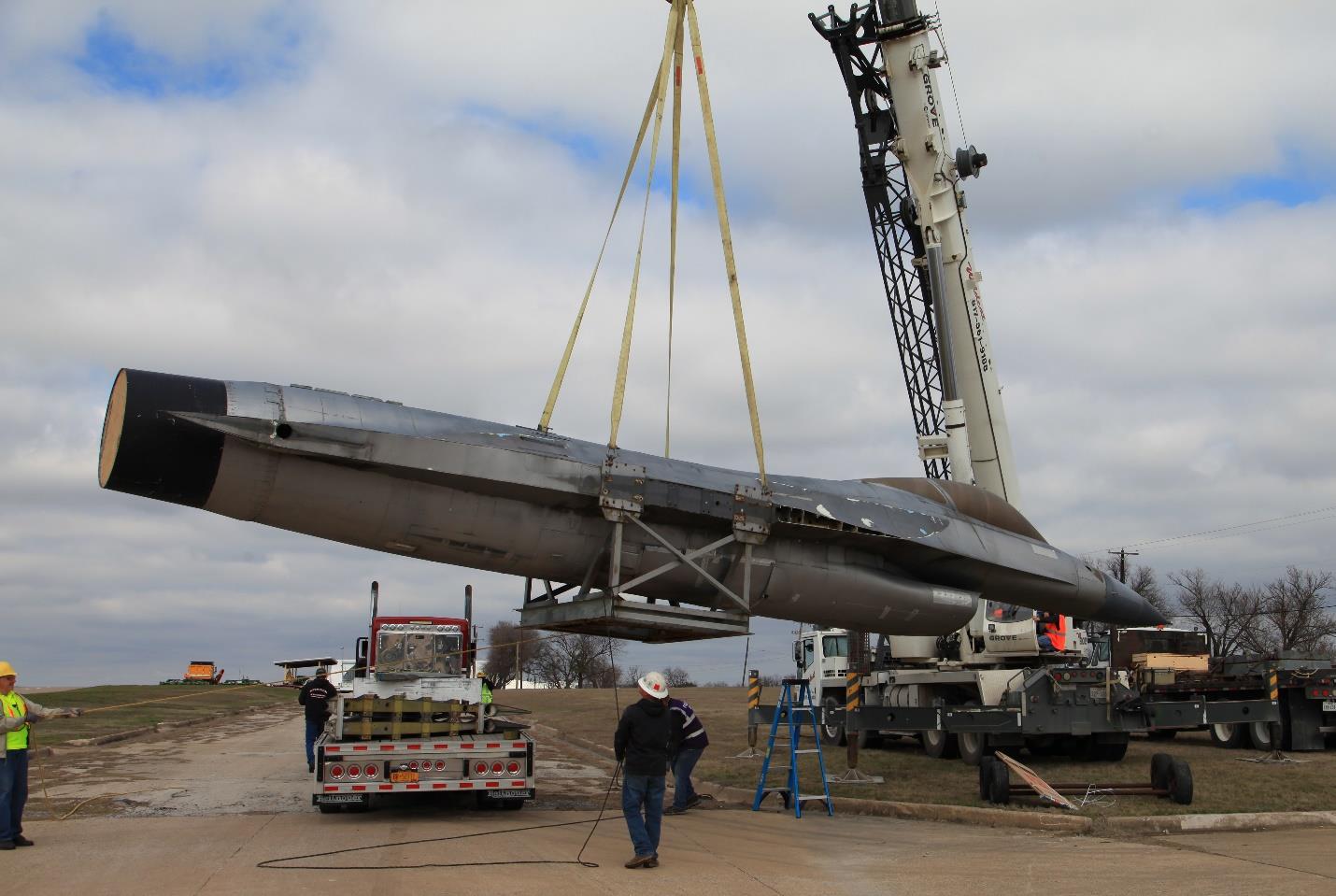
Five more years would pass until the YF-16 #72-1568 was used once more. It was transported from Fort Worth to the Rome, New York, Air Development Center in 1980 so that it could be tested there. By cutting the plane in half to fit a 10-inch plug behind the cockpit, installing the larger nose radome, putting spacers within the wings, removing all of the internals, and fitting with test objects, the aircraft was transformed to resemble a production model. Testing of new antennas, external fuel tanks, and radar signatures at various angles would all be done on YF-16 #72-1568.
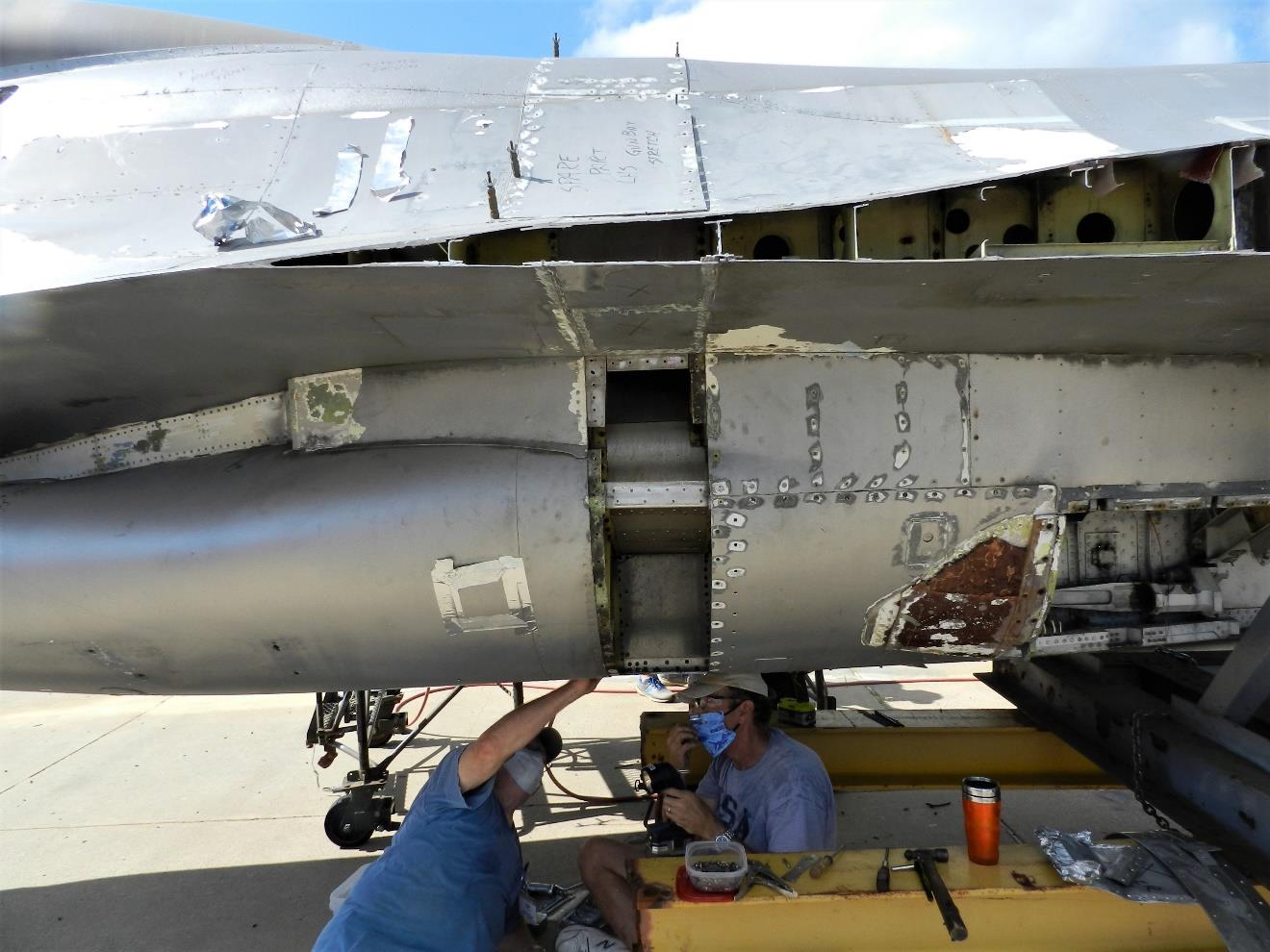
In 2019, the Fort Worth Aviation Museum collaborated with the National Museum of the Air Force to bring her back home, on loan, to be fully restored to its original state and proudly presented to the public after 48 years and an unthinkable number of tests. This restoration was only made possible with the assistance of skilled volunteers from the Fort Worth Aviation Museum, Lockheed Martin, the 24th Fighter Squadron, and a number of local aviation experts.
Photo by U.S. Air Force, Lockheed Martin, and Fort Worth Aviation Museum

